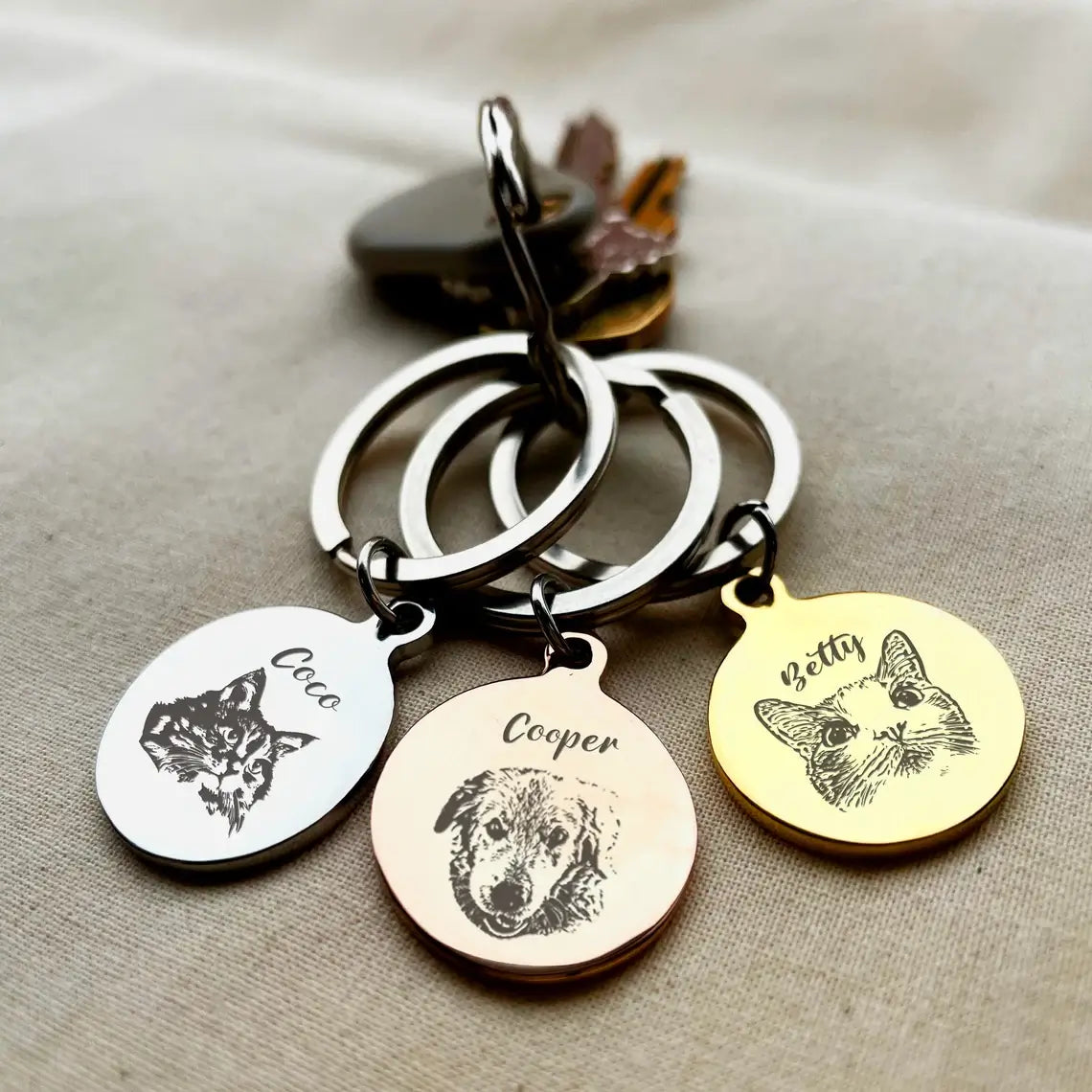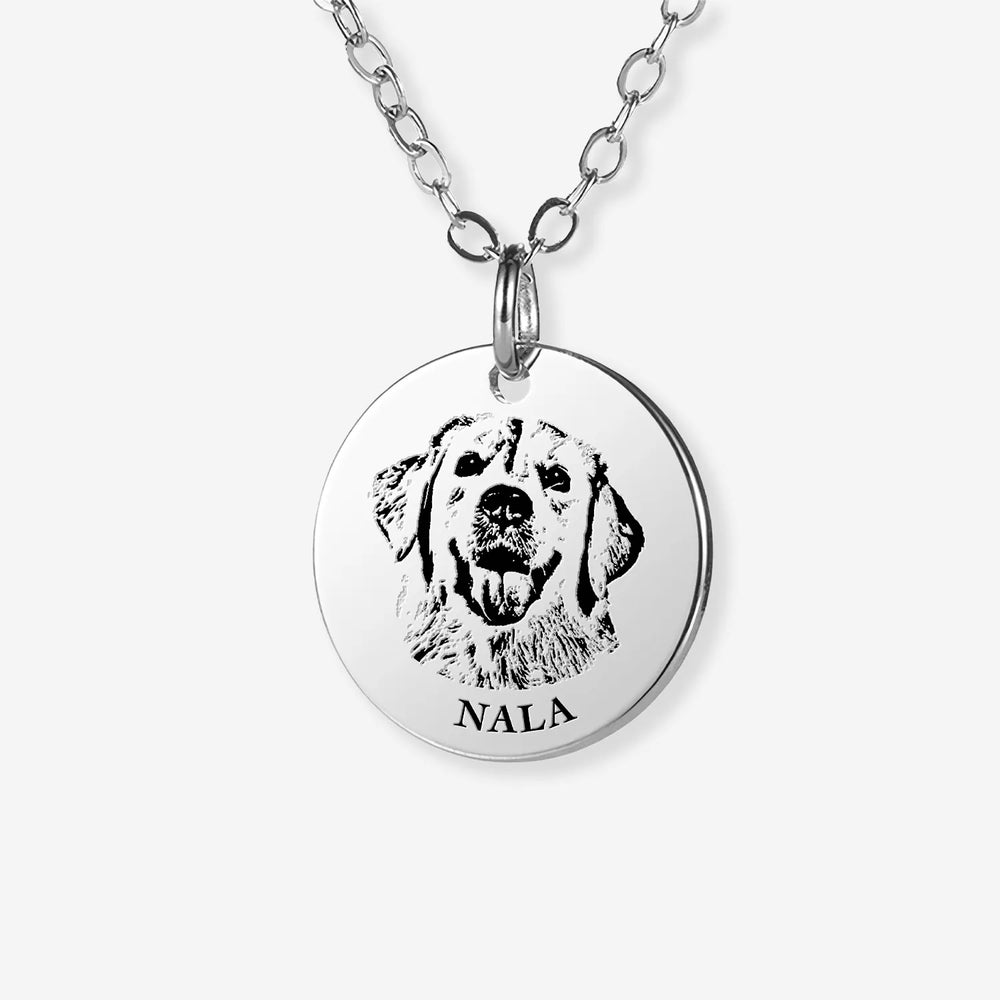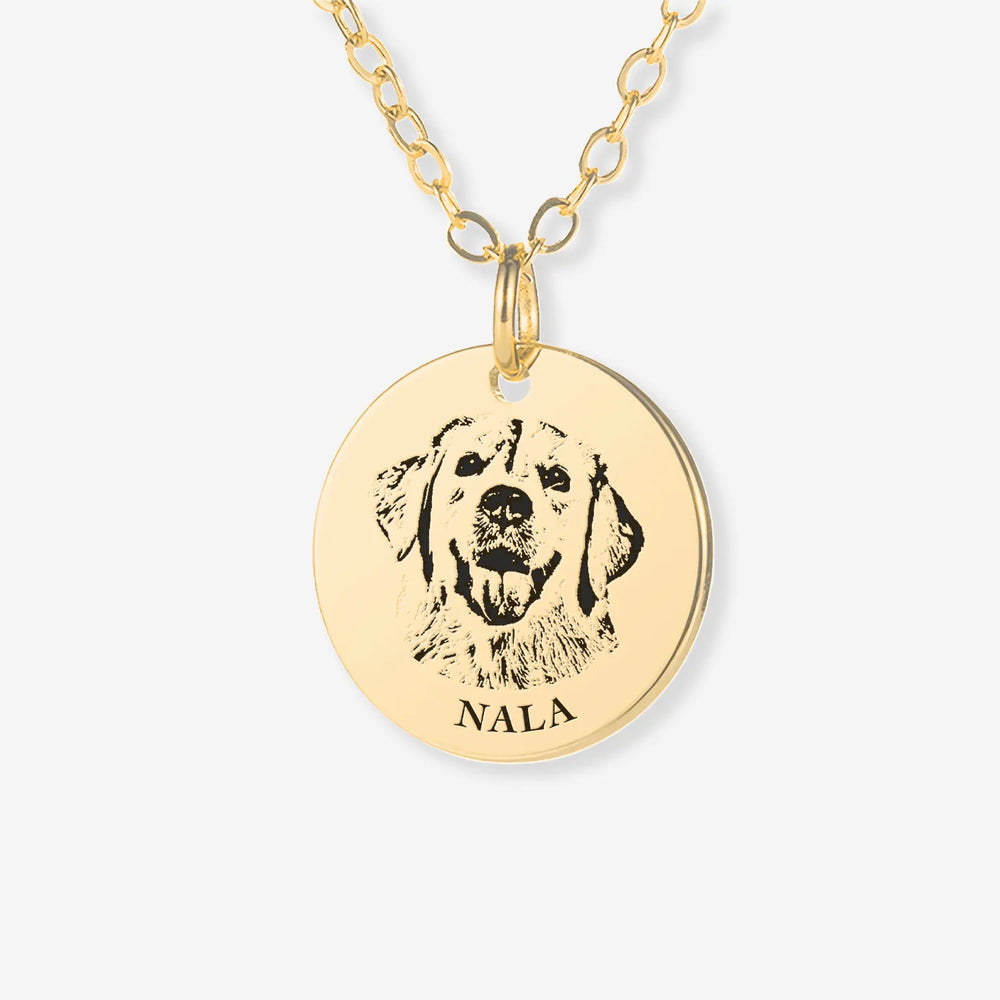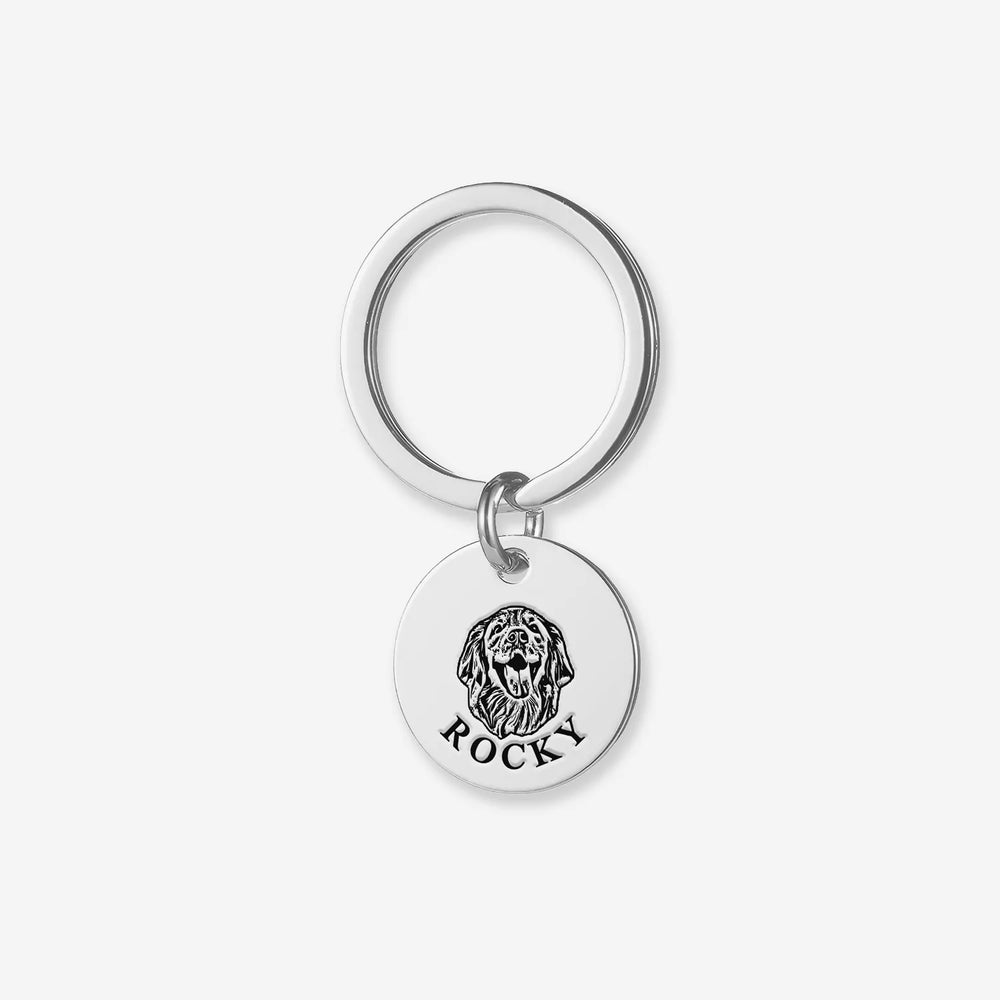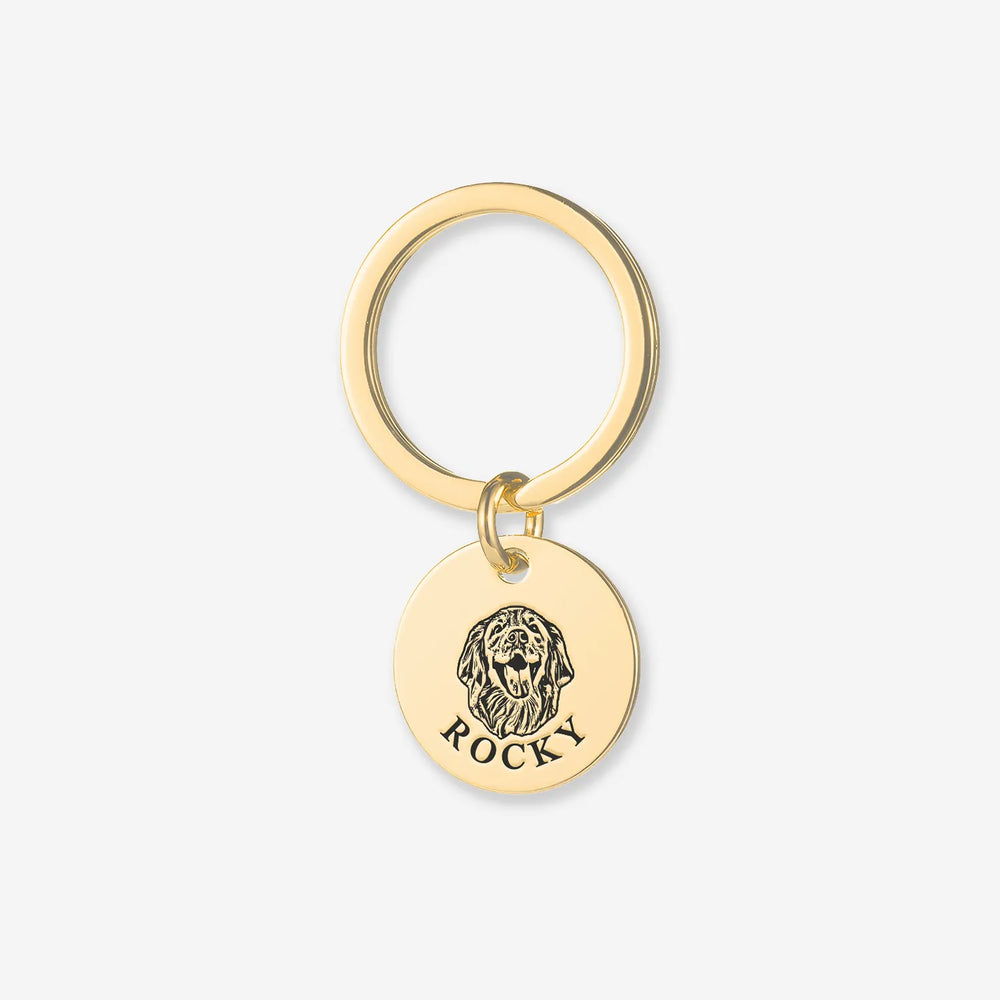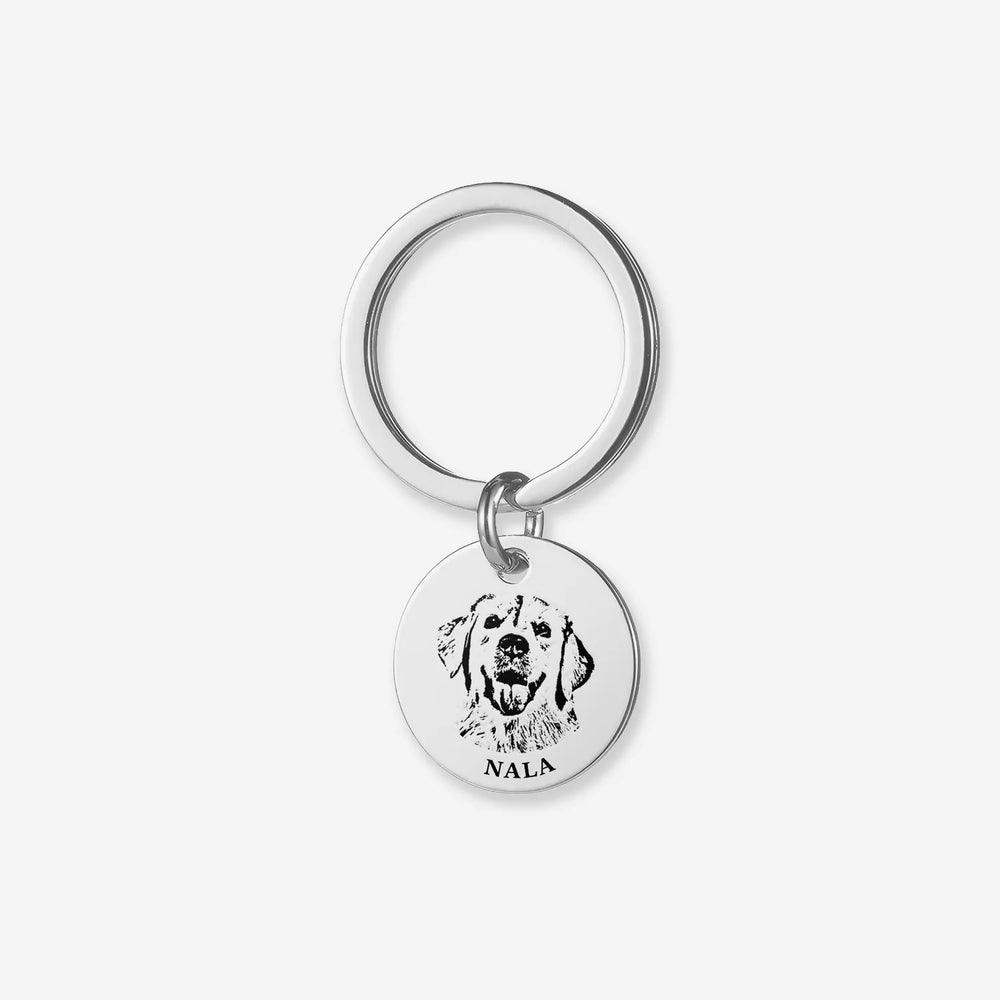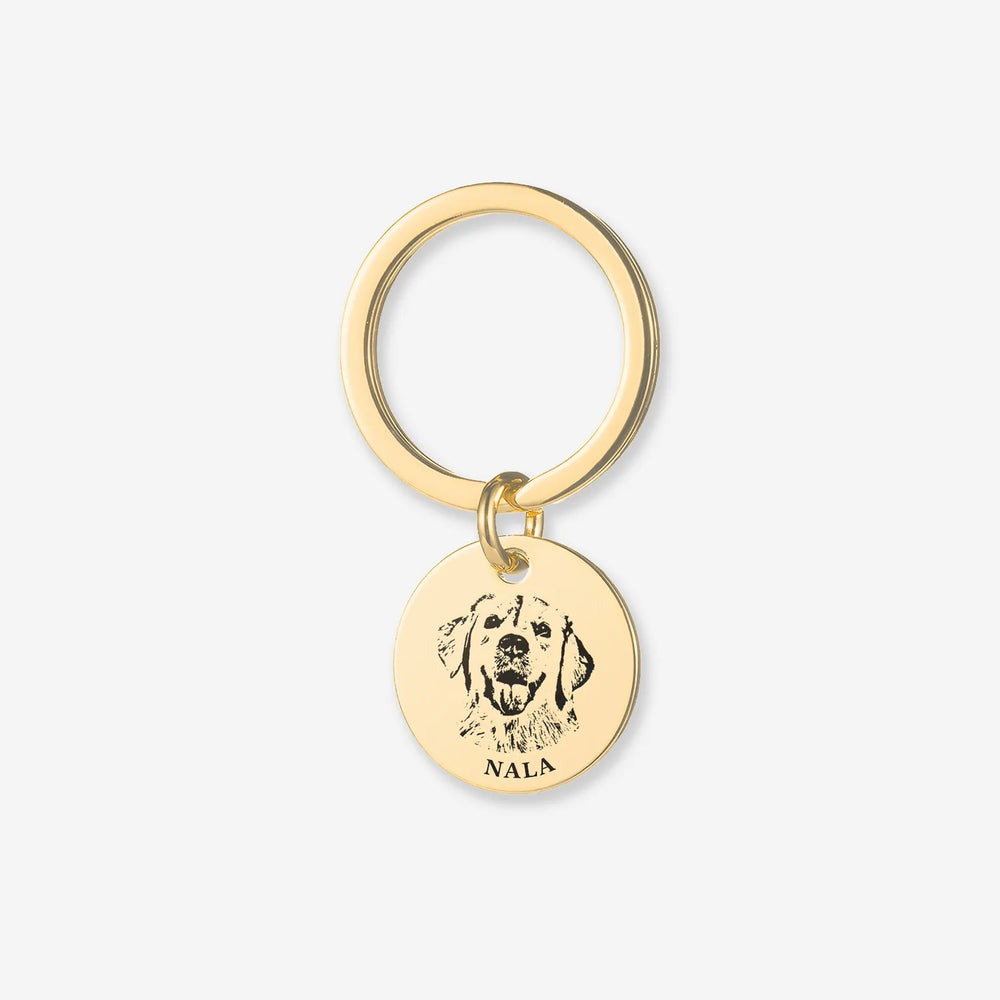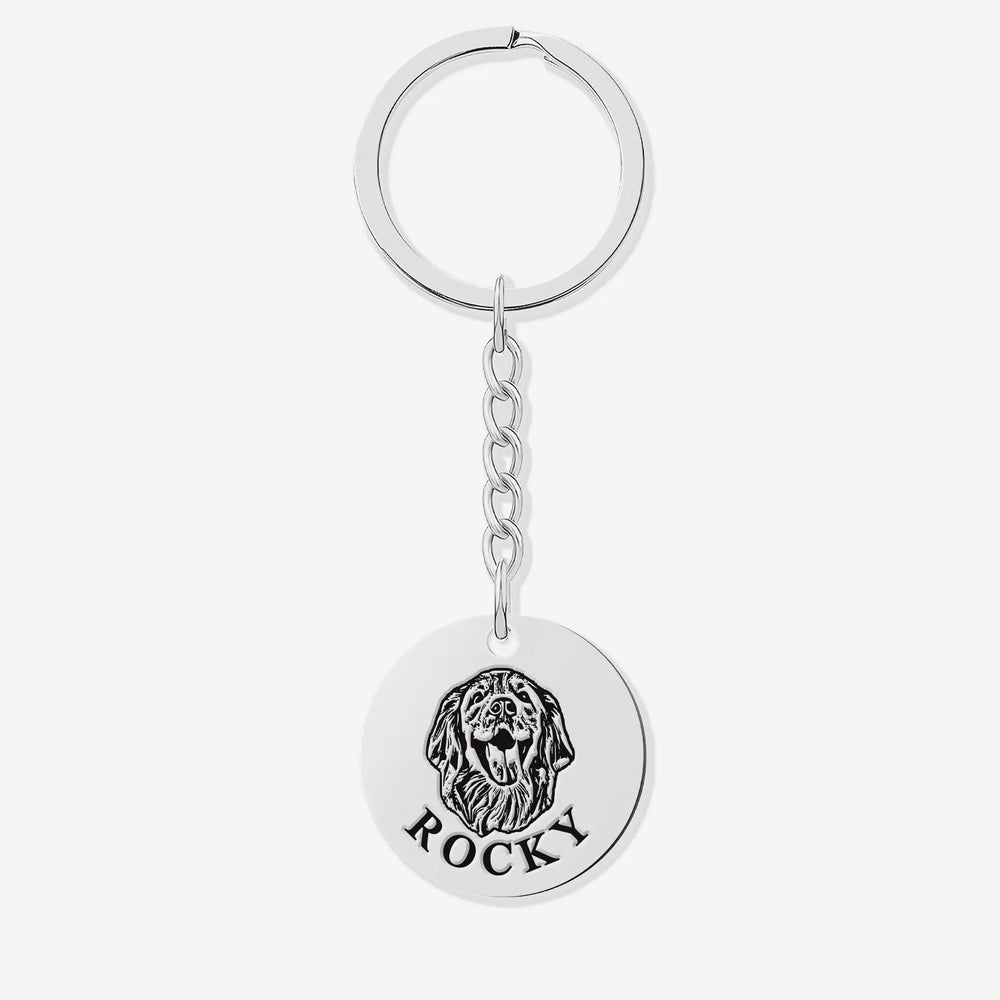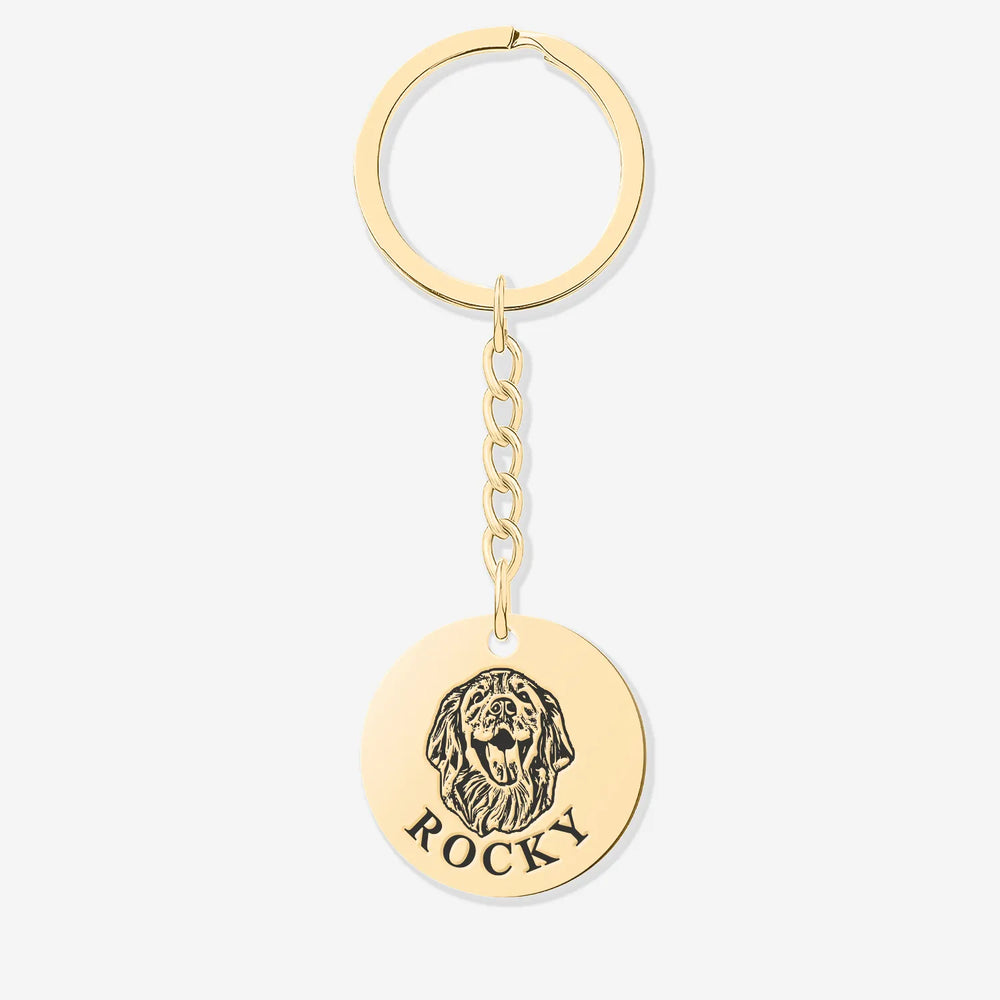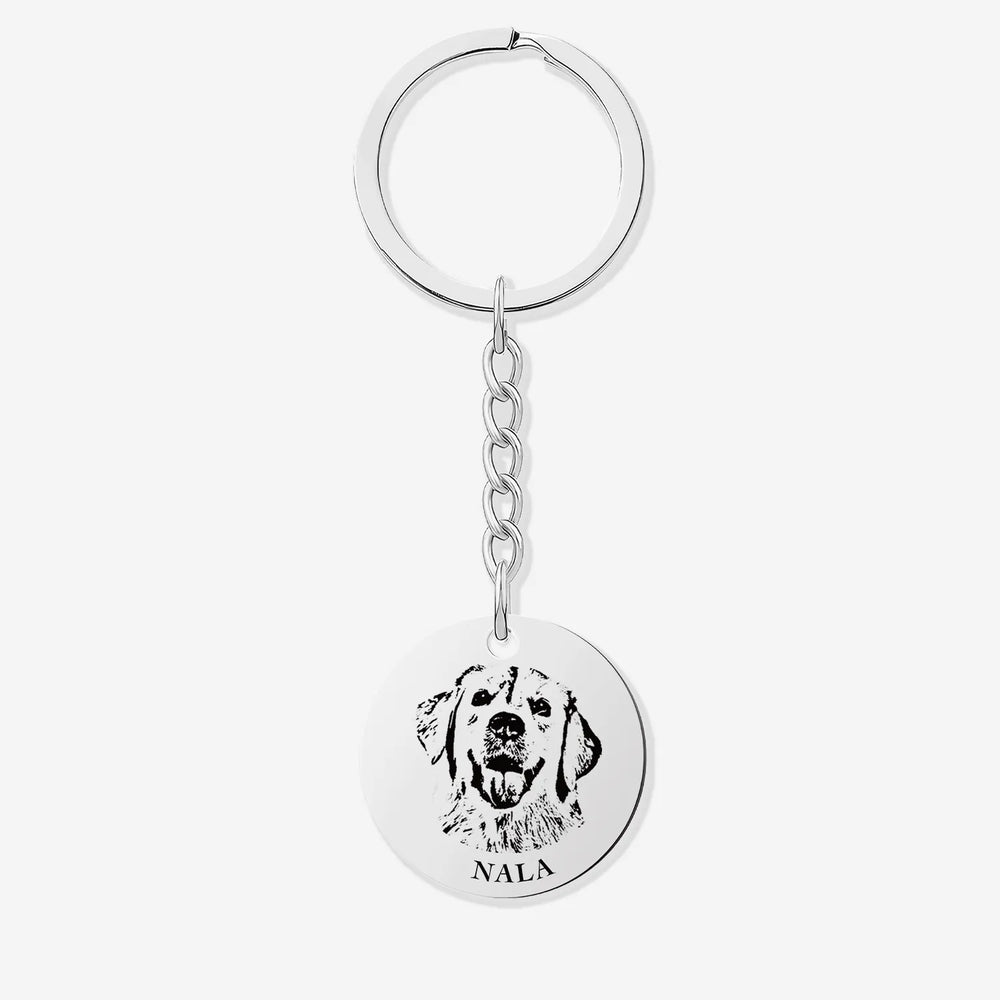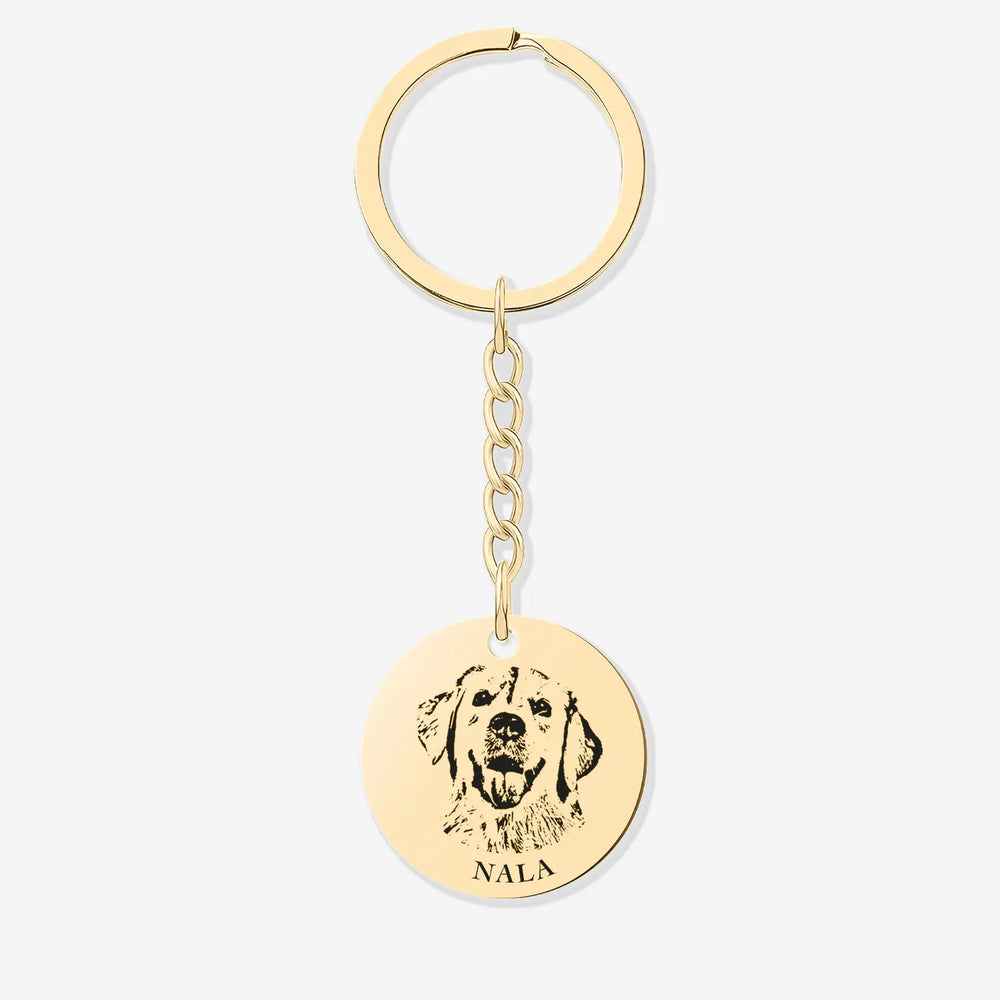Buy One, Get One FREE
Top Factors That Shape Dog Behavior in 2025


The environment greatly affects how dogs behave, including those considered to be among the scary and dangerous dog breeds. Changes in weather or air quality can influence your dog's mood and actions. Studies find that hot weather and strong sunlight often lead to more dog bites. However, air pollution (PM2.5) does not seem to make dogs more aggressive. How a dog is raised is also very important. Research shows early life experiences shape how dogs play and act. This proves that so-called "scary and dangerous dog breeds" are often judged unfairly. By giving your dog a kind and caring home, you can help them behave well.
Key Takeaways
Socializing puppies early is very important. Let them see new things to prevent fear and aggression later.
Train using rewards. Give treats or praise for good actions to help them trust you and learn better.
Exercise and play often. Keep your dog busy to avoid stress and bad habits.
Know that genes and surroundings affect behavior. Train and care for your dog instead of judging by breed.
Make your home a happy place. A kind and steady home helps dogs stay cheerful and behave well.
Early Socialization and Training

Why Early Socialization Matters
Teaching puppies early helps shape their behavior and emotions. Puppies in social programs are less scared and aggressive. This means showing them new places, people, and animals when they are young. It helps them feel brave and adjust to changes.
Studies show early socializing lowers behavior problems. For example, puppies in these programs handle stress better and get along with others. The table below shows how early socializing reduces common problems:
Behavior Type |
Chance of Problem Drops |
|---|---|
Aggressive Behavior |
29% |
Destructive Behavior |
40% |
Compulsive Behaviors |
36% |
Excessive Barking |
32% |
Socializing early makes dogs less nervous and more playful. Studies by Freedman et al. (1961) and Howse et al. (2018) show that puppies with many early experiences grow into happy adults.
Using Positive Rewards
Rewarding good behavior is a great way to train dogs. This means giving treats, praise, or playtime when they do something right. Unlike punishment, rewards build trust and make your bond stronger.
Research shows dogs trained with rewards are less stressed and listen better. For example, studies by Hiby et al. and Blackwell et al. found reward-trained dogs learn faster than punished ones. The table below compares rewards and punishments:
Training Method |
Stress Behaviors (%) |
Owner-Dog Bond (Gazing) |
|---|---|---|
Negative Reinforcement |
65% |
Less gazing |
Positive Reinforcement |
8% |
More gazing |
Rewards also help dogs focus and work better. Studies by Rooney and Cowan show reward-trained dogs think and perform tasks better.
Staying Consistent in Training
Being consistent helps dogs learn good habits. When training is regular, dogs link actions to outcomes. This builds steady and good behavior over time.
Research proves consistency matters. Studies show dog personalities are somewhat steady (r = 0.43). Adult dogs are even more consistent (r = 0.51), meaning regular training works better as they grow.
Regular training creates a cycle of good behavior. For example, if you reward calm sitting during walks, your dog will repeat it.
By keeping a routine, dogs know what to expect and trust you more. This improves their behavior and strengthens your connection.
Exercise and Mental Stimulation
Keeping your dog active and thinking is very important. Exercise and mental challenges help dogs stay healthy and behave better.
Why Exercise Matters
Exercise keeps your dog strong and happy. It builds muscles, helps lungs work well, and keeps organs healthy. It also stops weight gain, which can cause joint pain or heart problems.
Dogs that exercise often are less destructive at home. They chew furniture or dig holes less. Exercise also makes dogs calmer and less anxious.
Tip: Walk your dog every day or play fetch outside. These activities keep them moving and let them explore new places.
Mental Stimulation: A Key to Emotional Health
Mental challenges are as important as physical activity. Dogs need puzzles and games to stay smart and balanced. Toys, scent games, or training teach them new skills and problem-solving.
Dogs with mental activities follow commands better. They focus more and adjust to changes easily. Mental challenges also help dogs handle stress and stay emotionally strong.
Benefits of Combining Exercise and Mental Stimulation
Combining exercise with mental games helps dogs thrive. Here are the main benefits:
Anxiety behaviors drop by 47%.
Command response improves by 52%.
Destructive actions decrease by 63%.
Health improves, like better weight and fewer risks.
Note: Try activities that use both body and mind, like agility courses or hide-and-seek. These keep dogs busy and help them grow in a balanced way.
By focusing on exercise and mental challenges, you build a routine that helps your dog's health and emotions. A dog that exercises and thinks is happier, behaves better, and feels closer to you.
Breed Characteristics and Behavioral Traits
Physical Traits and Their Impact
A dog’s looks, like size or coat color, may stand out. But these traits don’t decide how a dog behaves. Studies show behavior is linked more to genetics than looks. For example:
Genetics show behavior comes from many factors, not just breed.
Old genetic traits affect behavior, even before modern breeds existed.
This means you shouldn’t judge a dog’s behavior by its appearance. Instead, focus on how the dog acts and was raised.
Temperament and Protective Instincts
Each dog has its own personality shaped by genes, training, and surroundings. Dogs with protective instincts, like guard dogs, aren’t always aggressive. These dogs often form strong bonds with their families.
For example, German Shepherds and Rottweilers are loyal and alert. They work well as guard dogs but also make great pets when socialized. By knowing your dog’s personality, you can train them to behave well and manage their protective side.
Misconceptions About Scary and Dangerous Dog Breeds
Some people believe false ideas about certain dog breeds being scary. But these beliefs are often wrong. The American Temperament Testing Society (ATTS) found bully breeds are often friendlier than other breeds. This proves they aren’t naturally mean.
Here are some common myths and truths:
Myth: Pitbulls are always dangerous.
Fact: Behavior depends on training, socializing, and genes, not breed.Myth: Bully breeds have jaws that lock.
Fact: Science shows this isn’t true.Myth: Bully breeds act without warning.
Fact: Any dog can act out if it feels unsafe.
Judging these breeds unfairly leads to mistreatment. Learning the truth helps stop these myths and supports good dog care.
Mixed Breeds and Behavioral Variability
Mixed breed dogs have unique traits that often surprise owners. Unlike purebred dogs, they inherit qualities from different ancestries. This mix makes them both unpredictable and very adaptable.
Studies show breed ancestry explains only 9% of behavior differences. Most dog behaviors depend on training, environment, and age. For instance, age predicts behaviors better than breed does. Mixed breeds, like purebreds, don’t have behaviors tied to their lineage.
Key Findings |
Description |
|---|---|
Behavioral Correlation |
Breed ancestry explains only 9% of behavior variation. |
Aggression Traits |
Breed has no predictive value for aggression-related behaviors. |
Biddability |
Responsiveness to human direction shows some connection to breed. |
Genetic Association |
11 genome locations linked to behavior, none specific to breed. |
Mixed breeds challenge ideas about dog behavior. Some think purebreds are easier to train or more predictable. But research shows mixed breeds can be just as trainable. Responsiveness to commands, called biddability, has a slight link to breed.
Tip: Focus on your dog’s personality, not their ancestry. Training and care shape behavior more than genetics.
Mixed breeds also have many different temperaments. This variety makes them great for families, singles, or seniors. They adapt well to city apartments or country homes.
By learning about mixed breed behavior, you’ll value their uniqueness. These dogs show that love and care matter more than breed.
Living Conditions and Environmental Influence
City Life vs. Country Life
Where you live affects how your dog behaves. Dogs in cities face more noise, crowds, and strangers. These things can make them stressed or scared of people.
Studies show city dogs are less active and socialized. This can cause problems like fear of loud sounds or strangers. In the countryside, dogs meet people and animals in calm places. This lowers their chances of being fearful.
Behavior Problem |
Environment Type |
Link to Social Fearfulness |
|---|---|---|
Poor socialization |
City |
|
Low activity |
City |
More fear of loud noises |
Too many new things |
City |
Stress and fear increase |
Frequent interactions |
Country |
Less fear of strangers |
If you live in a city, take your dog on quiet walks. Slowly introduce them to new people and places. For country dogs, keep them meeting others so they stay friendly.
Space and Exercise Needs
How much space and exercise your dog gets affects their mood. Dogs need room to move and explore. Small spaces can make them bored and destructive.
Exercise is also very important. Active dogs are healthier and less anxious. Research shows dog owners exercise more than people without dogs. Walking your dog helps both their health and your mental well-being. It also helps you meet others in your area.
Finding |
Description |
|---|---|
More Activity |
|
Environment Role |
Dogs’ exercise needs encourage owners to walk and go outside. |
Health Benefits |
Walking dogs improves mental health and builds community connections. |
Tip: Mix exercise with fun games. Try fetch or obstacle courses to keep your dog happy.
If you live in a small home, take your dog on daily walks and use toys to keep them busy. If you have a big yard, let them play outside often.
New Experiences and Social Time
Dogs do better when they see new things and meet others. Early exposure to people, places, and animals helps them feel confident. Without this, dogs may fear new situations.
Research shows social time is key for puppies. Puppies who meet people early behave better around humans. Even adult dogs can bond with people through social time, especially rescue dogs.
Study Title |
Findings |
|---|---|
Domestication and exposure to human social stimuli are not sufficient to trigger attachment to humans |
Shows dogs have genetic traits that help them bond with humans better than wolves. |
Social behavior in dog puppies: Breed differences and the effect of rearing conditions |
Explains how early human contact improves dogs’ behavior with people. |
Critical period in the social development of dogs |
Stresses the importance of early social time for proper growth. |
Attachment behavior of adult dogs living at rescue centers |
Finds that rescue dogs can form new bonds with people through social time. |
Help your dog by taking them to new places and letting them meet others. Use treats and praise to make these moments fun. For rescue dogs, be patient and give them time to trust you.
By focusing on new experiences and social time, your dog will feel safe and confident. This reduces fear and makes your bond stronger.
The Role of Environment in Behavioral Development
Your dog's surroundings strongly affect how they act and grow. The space they live in and the people they meet shape their behavior. Knowing these factors helps you create a safe and positive place for your dog.
Early Environmental Influences
What your dog experiences early in life leaves lasting effects. Studies show that care quality and new experiences shape how dogs handle stress and meet others. Puppies raised in good conditions adapt better to changes and grow into confident adults.
While genetics matter, the environment often has a bigger impact. Training and care can change how a dog behaves, even if their genes suggest otherwise. A loving home with routines helps puppies grow into happy and well-behaved dogs.
Tip: Give your puppy a safe space and new experiences early. This builds their confidence and helps them adjust to the world.
The Impact of Daily Surroundings
Everyday surroundings also affect your dog's mood and actions. Loud or busy places can make dogs nervous. Calm and quiet spaces help them feel safe and relaxed.
Key factors that shape behavior include:
Noise Levels: Loud sounds like traffic can upset your dog.
Social Interactions: Meeting people and animals improves their social skills.
Routine: Regular schedules lower stress and build good habits.
If your dog seems uneasy, check their environment. Small changes, like reducing noise or adding calming activities, can help them feel better.
Owner Influence and Training
You play a big role in shaping your dog's behavior. How you act, speak, and train them affects their trust and actions. Dogs do best when treated with love and patience.
Research shows kind training builds trust and obedience. Harsh methods, like yelling, can make dogs scared or aggressive.
Note: Use rewards and spend time with your dog to build trust.
Adapting the Environment for Better Behavior
You can change your dog's surroundings to improve their behavior. Try these ideas:
Create a Quiet Spot: Give your dog a calm area to relax.
Offer Fun Activities: Use toys and puzzles to keep them busy.
Explore New Places: Take your dog out to spark their curiosity.
Stick to Routines: Keep feeding, walking, and playtimes regular.
Dogs adjust well but need stability and fun to thrive. A good environment helps them grow into happy companions.
Long-Term Effects of Environment
Your dog's environment shapes their behavior for life. Dogs raised in supportive homes handle challenges better and bond deeply with their owners.
Studies show positive experiences early on lead to lasting benefits. Dogs trained with care and kindness keep these good traits as they age.
Reminder: Your dog's surroundings are key to their growth. Use them wisely to help your dog feel safe and loved.
By creating a positive environment, you help your dog learn and grow. Every moment and experience matters, making you a big part of their success.
Diet, Health, and Behavioral Outcomes
How Food Affects Behavior
What your dog eats affects their mood and health. Missing nutrients can cause hyperactivity, aggression, or tiredness. A good diet gives energy for training and socializing.
Recent research shows diet impacts dogs’ well-being. Dogs on plant-based diets stayed as healthy as those eating meat. Over a year, scientists checked health and nutrition levels. They found non-meat diets work if made correctly.
Enrichment Type |
Measured Factors |
Welfare Benefits |
|---|---|---|
Fun Toys |
Heart rate, muscle use, body temperature |
|
Social Time with Dogs |
Sleep quality, regular body patterns |
Better welfare |
Social Time with People |
Sleep quality, regular body patterns |
Better welfare |
Feeding your dog the right nutrients helps their body and mind. Always ask a vet before changing their food.
Health Problems and Aggression
Health issues can change how dogs act. Pain or sickness may make them grumpy or aggressive. For example, bad teeth, joint pain, or untreated wounds can cause sudden anger.
Studies show poor health links to bad behavior. Owners of “problem dogs” often feel unhappy and stressed.
Dog Health Problems |
Link to Aggression |
Effect on Owners |
|---|---|---|
Bad health in dogs |
More aggressive behavior |
Owners feel more stressed |
Lack of control over dogs |
More fear and aggression |
Owners think of giving them up |
Problem behavior perception |
Lower owner satisfaction |
Owners feel mentally worse |
Regular vet visits and quick care stop behavior issues. Healthy dogs are happier and easier to handle.
New Dog Food Trends by 2025
Dog food is changing fast, with new trends emerging. Fresh food sales grew by 86.5% since 2021. Many owners now prefer less-processed meals. Grain-free and alternative proteins, like insect or vegan diets, are also popular.
Custom diets are also in demand. About 75% of owners will pay more for personalized food. Around 66% like treats that help with health problems. These trends show owners care more about their dog’s special needs.
By learning about these changes, you can choose better food for your dog’s health and happiness.
Human Interaction and Its Role in Behavior
Building Trust with Your Dog
Trust makes your bond with your dog stronger. Dogs need emotional connections to feel safe and happy. Studies show dogs see their owners as emotional support, like kids see parents. This trust helps dogs behave better and feel less stressed.
A strong bond keeps dogs healthier. Owners who feel close to their pets visit the vet more often. This keeps dogs happy and well.
Dogs that trust their owners are more confident and listen better. They handle new places and challenges because they feel guided.
Spend time with your dog to build trust. Walks, playtime, and kind words help a lot. Use rewards and care to show love and make them feel secure.
Effects of Neglect or Abuse
Neglect or abuse harms a dog’s emotions and actions. Dogs treated badly may become scared, anxious, or aggressive. These behaviors come from stress and lost trust.
Dogs are social animals. When neglected, they might act out or hide. Abuse can make them overly alert or avoid people. For example, a mistreated dog might growl or cower when someone comes near.
To help a hurt dog, be patient and kind. Give them a safe place and stick to routines. Gentle training helps them feel safe and rebuild trust.
Helping Dogs with Behavior Changes
Dogs can change how they act due to stress, trauma, or age. Noticing these changes early helps you support them better. For example, dogs with PTSD might avoid triggers or seem very anxious.
Therapy, like slowly introducing triggers, can ease fears. This helps dogs feel less stressed over time.
Sometimes, medicine like anxiety pills can help. Combined with therapy, it improves their life.
Regular vet visits track progress and adjust treatments if needed.
By paying attention and working with experts, you can help your dog adjust. This makes their life happier and more comfortable.
Environmental factors, genetics, and how a dog is raised shape their behavior. Knowing these things helps you make a good place for your dog to grow.
False ideas about "scary and dangerous dog breeds" often cause unfair treatment. Learning the truth and being a responsible owner can stop these myths and improve care for all dogs.
🐾 Tip: Start early with socializing, train regularly, and give your dog a loving home to help them grow happy and behave well.
By 2025, better training, food, and dog psychology will help you teach good behaviors. Start now to keep your dog healthy and happy in the future!
FAQ
1. How do I know if my dog needs more exercise?
Watch for signs like chewing things, barking too much, or gaining weight. Dogs without enough exercise may act bored or restless. Walks, games, and puzzles can help them stay active.
2. Are mixed breed dogs harder to train than purebreds?
No, mixed breeds can learn just as well. Focus on their personality and use rewards. Training and their surroundings matter more than their breed.
3. What’s the best way to help a puppy socialize?
Let your puppy meet new people, animals, and places early. Give treats and praise to make it fun. Slowly introducing them to new things helps them feel brave.
4. Can what my dog eats change how they act?
Yes, food affects their mood and energy. Missing nutrients might make them hyper or grumpy. A healthy diet keeps their body and mind strong. Ask your vet for advice on food.
5. How can I help a rescue dog trust me?
Be kind and patient. Give them a quiet space and follow a routine. Use gentle training and rewards to build trust. Over time, they’ll feel safe and closer to you.
